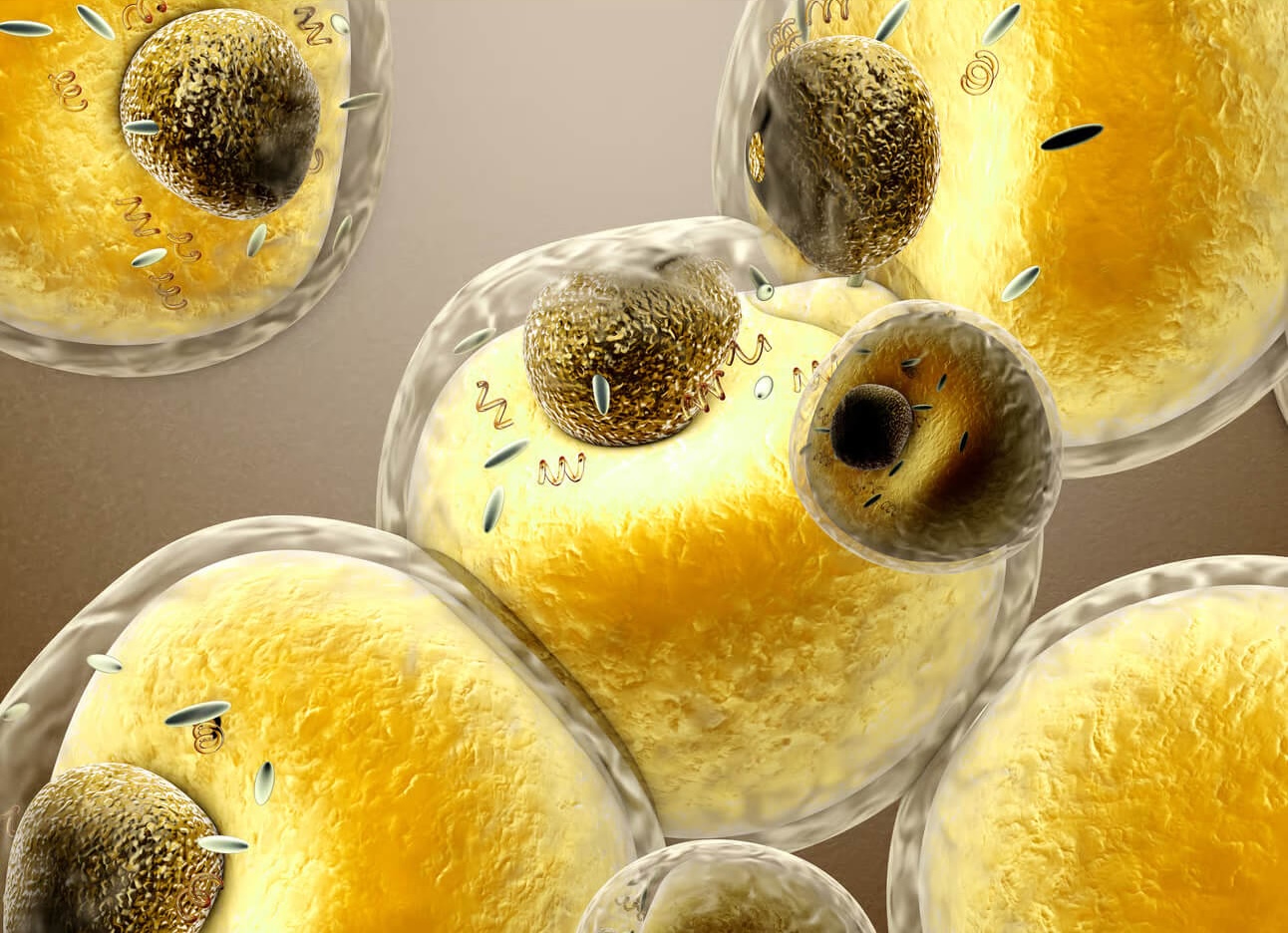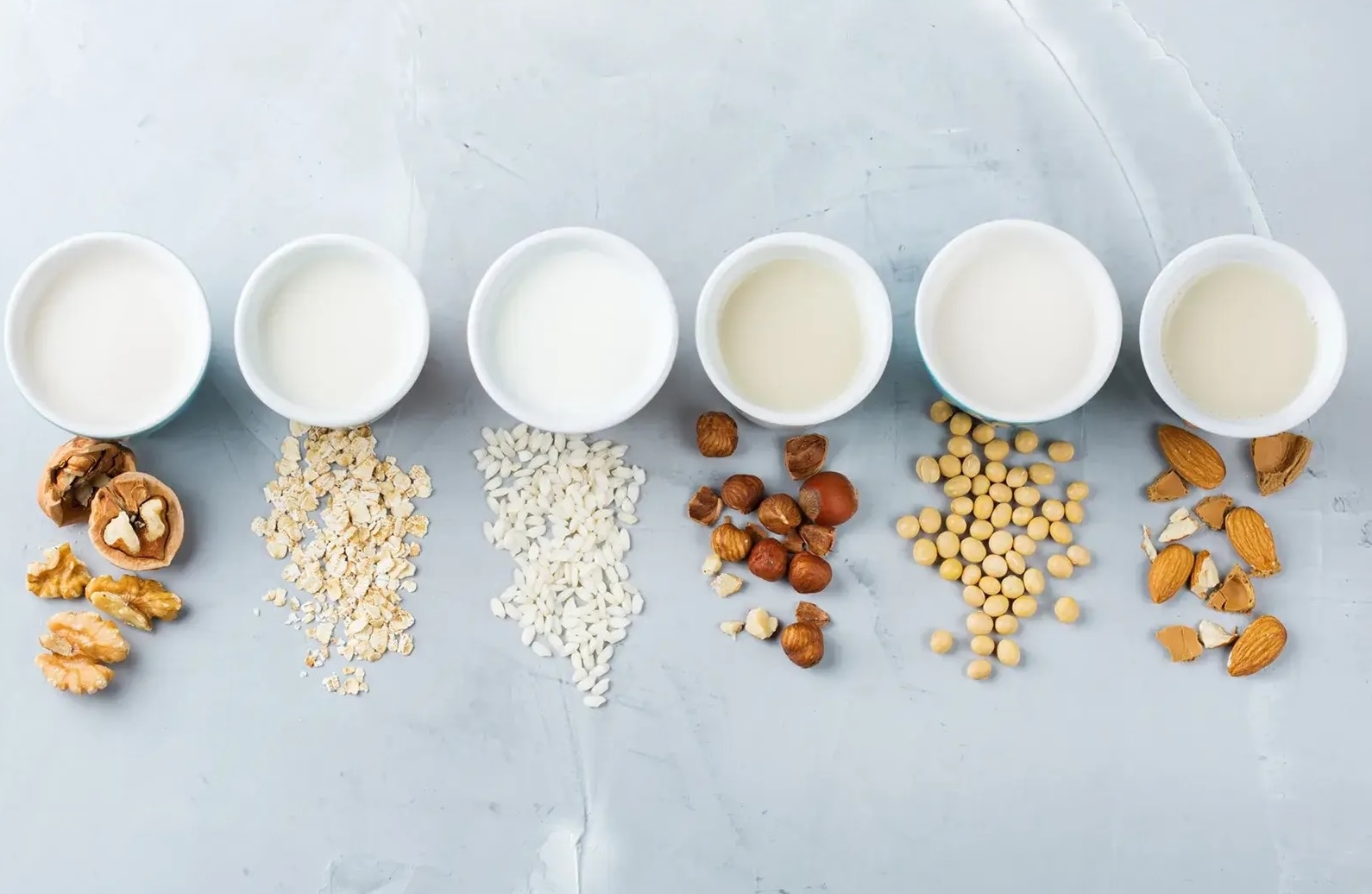"Brown Fat, White Fat, Beige Fat, and Visceral Fat: What's The Difference?"
What if the secret to metabolic health isn’t just eliminating fat, but harnessing the science behind how different types—like brown and beige fat—function in your body?

When it comes to body fat, we tend to treat it like a parking ticket or a spider in the shower—unwelcome and alarming. But not all fat is created equal, and understanding the differences between white, brown, beige, and visceral fat can shift your mindset from “Get rid of it!” to “I can work with this!”
Here’s what to know:
The Storage Unit: White Fat
White fat is your body’s main energy reserve. It stores extra calories inside each cell as a single, dense pocket of fat and releases hormones that help regulate hunger and metabolism.
But too much, especially around your midsection, raises the risk of insulin resistance, inflammation, and chronic disease.
The Troublemaker: Visceral Fat
Visceral fat is a type of white fat that lives deep in your abdomen, wrapping itself around your internal organs. It’s the most dangerous, releasing inflammatory molecules called cytokines, which have been linked to heart disease, type 2 diabetes, and even Alzheimer’s.
One study found that people with visceral fat had a 44% higher risk of developing heart disease, even if their weight or BMI was normal. They also faced a 43% increased risk of developing cancer.
The Calorie Burner: Brown Fat
Now for the good news: Meet brown fat, which actually burns energy instead of storing it in a process called non-shivering thermogenesis. The more active brown fat is, the more it may support weight loss, blood sugar control, and healthier cholesterol levels.
Brown fat is most abundant in newborns (who need help staying warm), but adults retain small amounts in certain areas. To activate brown fat, you can:
- Sleep in a cool room. Just one month of sleeping at 66°F increased brown fat volume by 42% and fat metabolic activity by 10%.
- Exercise. While it doesn’t “turn on” brown fat the same way the cold does, exercise can trigger the release of helpful molecules from brown fat that support fat burning and metabolic health.
The Shape-Shifter: Beige Fat
Even more exciting is the recent discovery of beige fat—white fat that can transform into brown-like fat under the right conditions. When activated, beige fat burns calories and may protect against obesity-related diseases.
So how do you activate it? Like brown fat, cold exposure and exercise are key. Plus research suggests certain foods such as capsaicin (spicy peppers), resveratrol (red grapes), and curcumin (turmeric), green tea, and fish oil may help.
Bottom Line
Not all fat is bad, and your goal shouldn’t be “to burn it all away.” White fat stores, visceral fat harms, brown fat burns, and beige fat can shapeshift. Your health depends less on how much fat you have, and more on what kind and where it lives.


